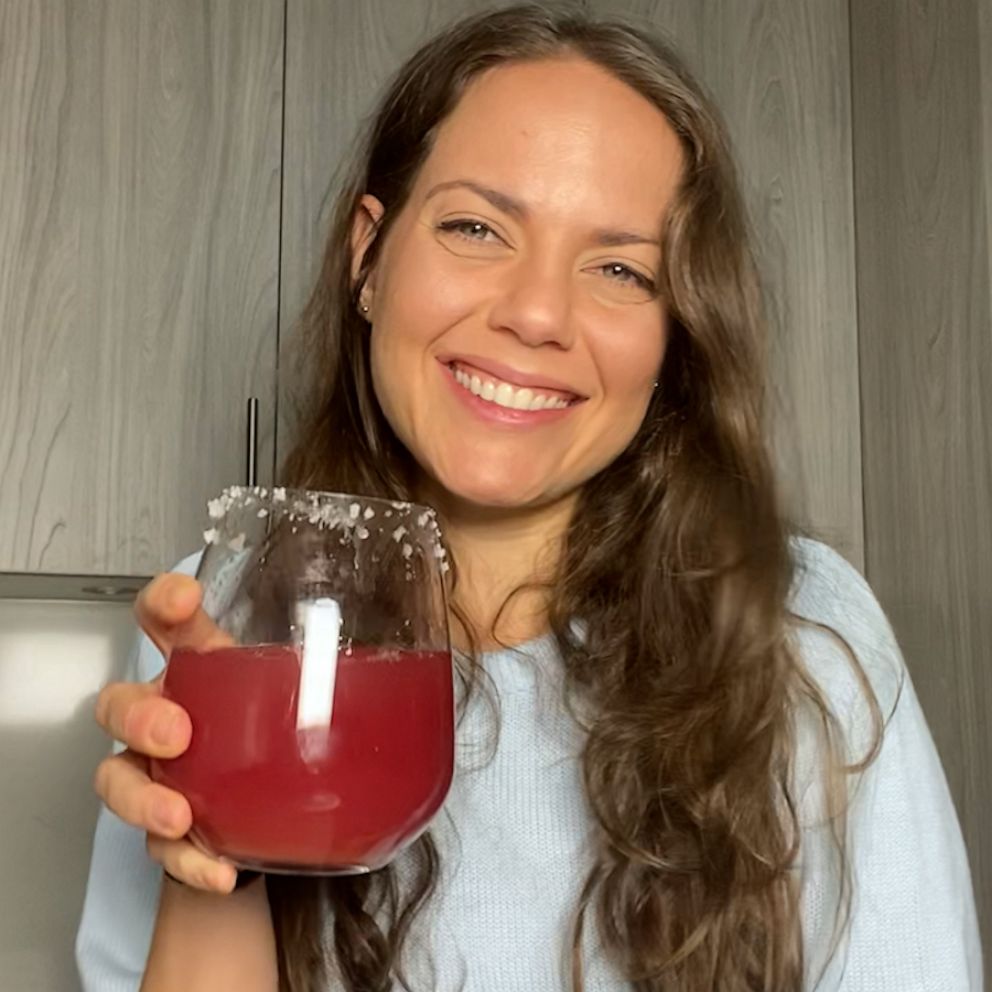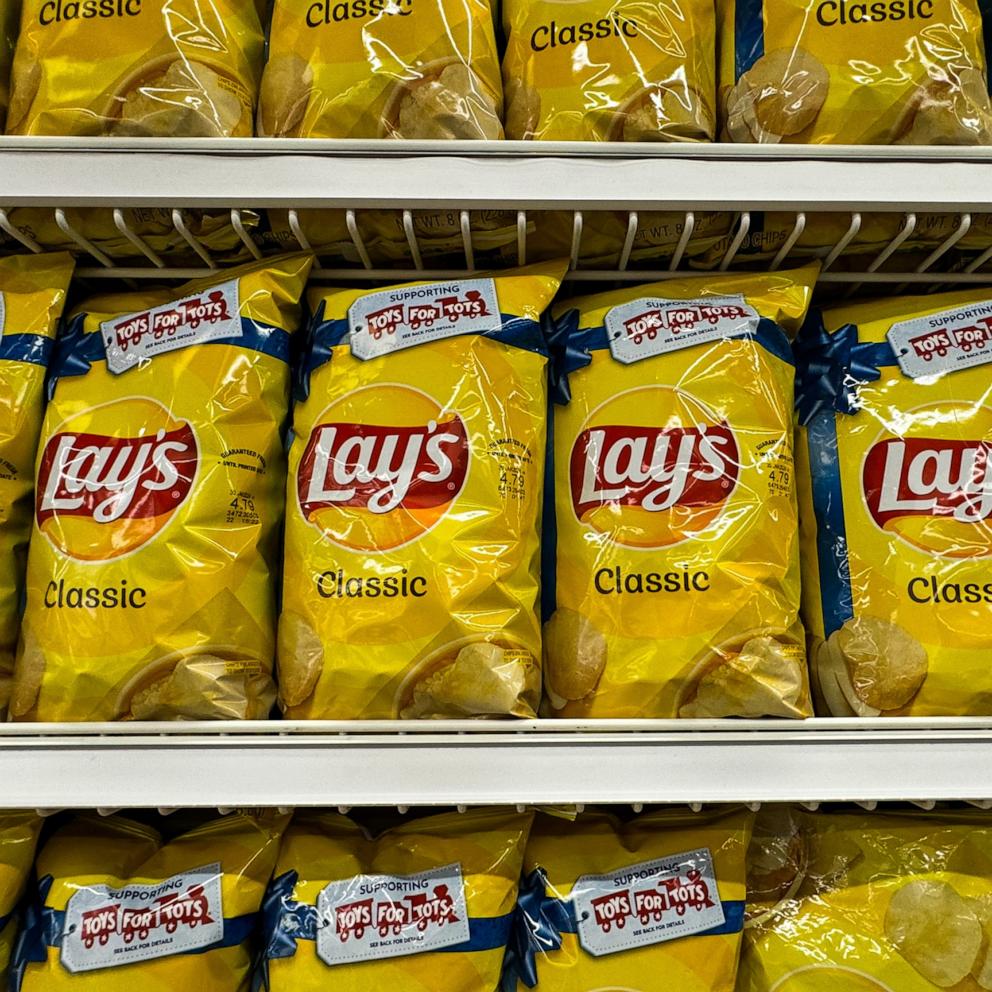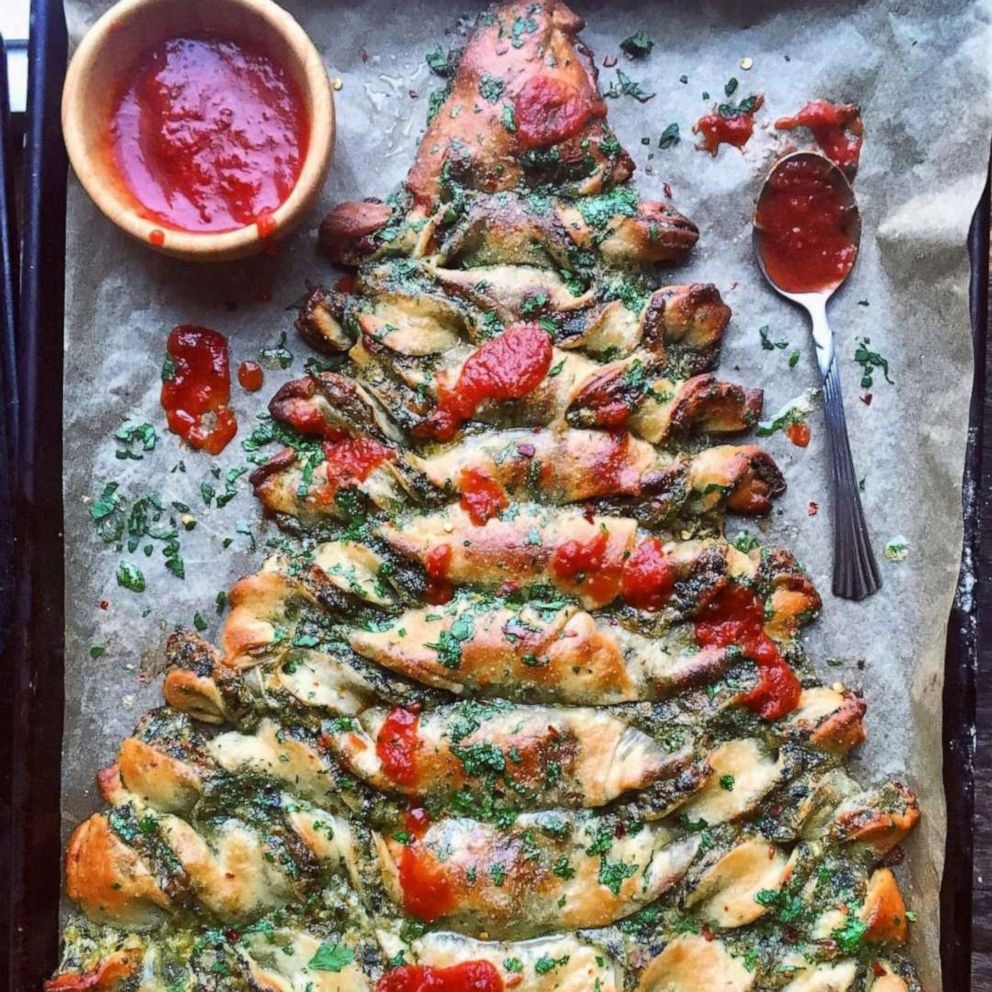What to know about restaurant subscriptions from fast casual to fine dining
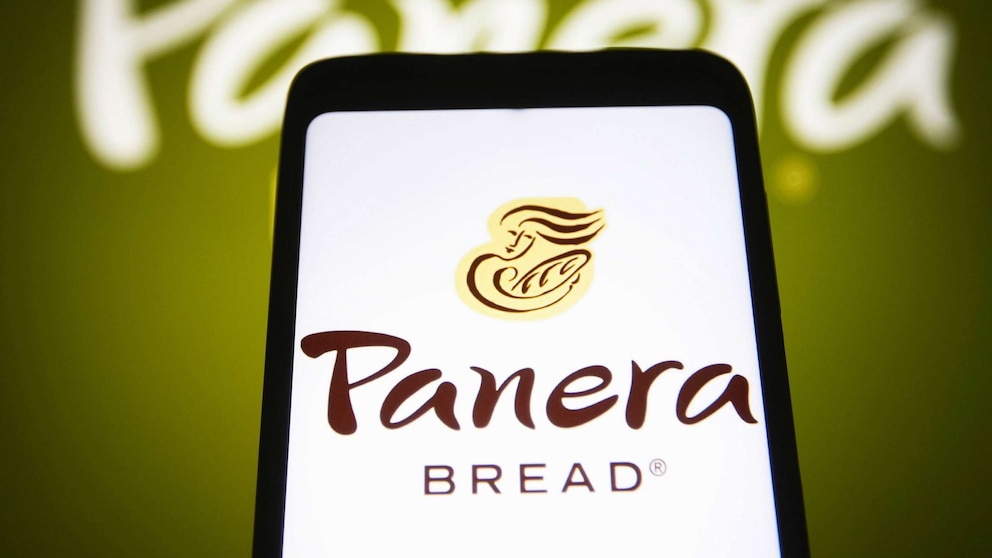

Subscription programs work to lock customers in at a starting rate with the promise of a product, added perks or discounts, and a portion of the food industry has applied an iteration of the business model to meals and menu offerings in hopes of enticing diners to become regular customers amid soaring food prices, while adding new revenue streams to help their bottom line.
From quick service spots to upscale chain restaurants, more eateries are looking for ways to capitalize on post-COVID consumer behavior through paid subscriptions.
For many customers though, lingering questions stand, like which ones are actually worth it and if this concept is here to stay.
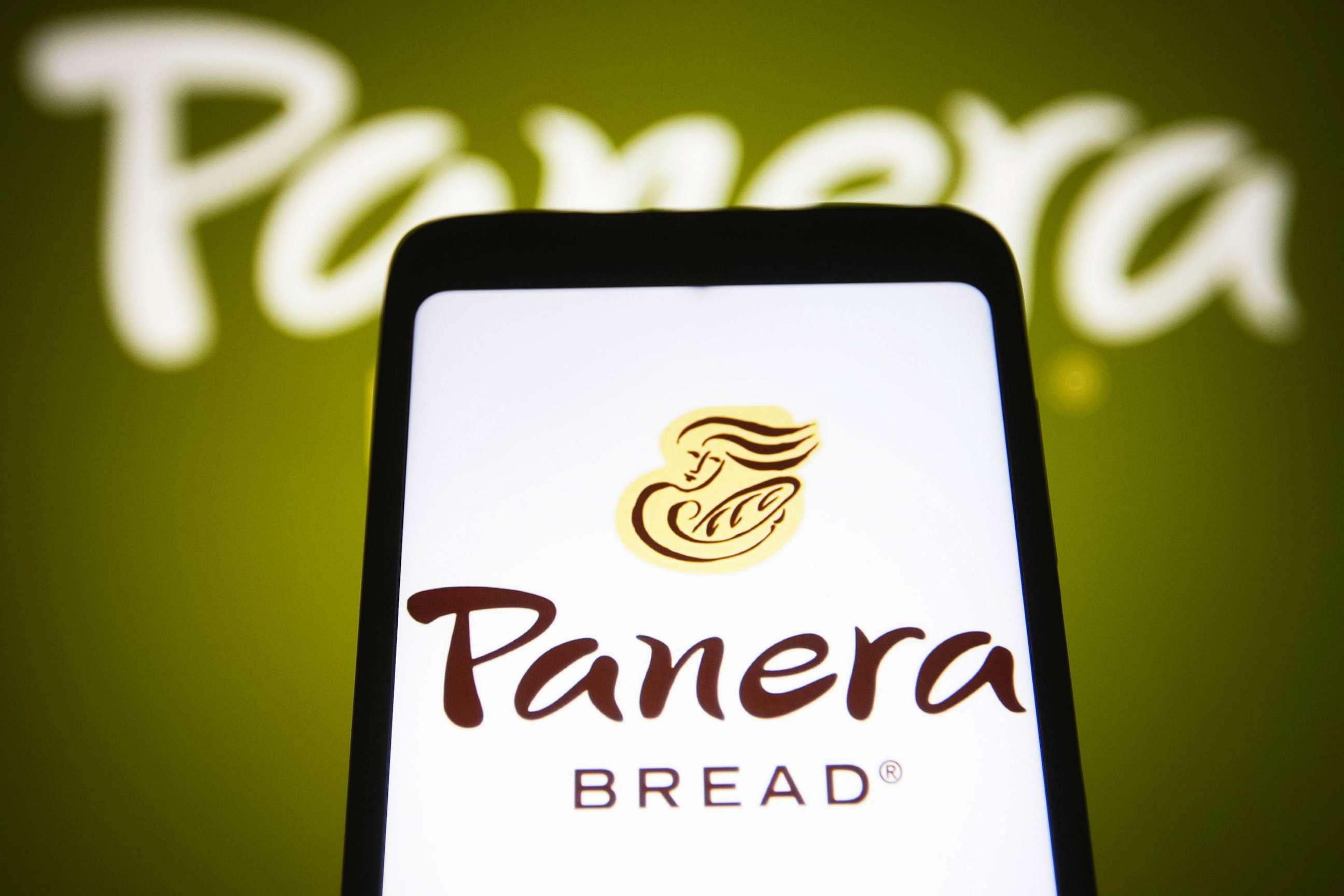
To help weigh in on the possible benefits or drawbacks for consumers, Hitha Herzog, chief research analyst at H Squared Research, explained the growing trend to "Good Morning America."
How should consumers determine the value of a subscription restaurant?
"Customers should figure out how much they go to a particular restaurant, what they actually purchase and how often they are purchasing it," the "Black Market Billions" author suggested. "For example, if you are ordering the same Shake Shack burger three times a week and getting it delivered by a service, the benefit of getting a subscription service which gives you the same order for a fixed cost could be less expensive. It comes down to frequency of visits and how much you are paying per visit."
What is the appeal for businesses to offer these options?
"There are a couple incentives for restaurants to offer a subscription service. One, it caters to the loyal customer base while also appealing to new customers. Two, it's a varied revenue stream for the restaurants," Herzog said.
As we saw throughout the lockdowns during the pandemic, Herzong pointed out that "restaurants have to think of diverse and creative ways of staying in business."
"By offering a subscription service of 'make it yourself' meals, condiments, bottled signature cocktails, etc.," Herzog said, "it brings in more potential revenue without focusing 100% on generating revenues via tables and bar."
From top tier to fast food, which restaurants are more primed for success with this model?
"Any restaurant could potentially adapt this concept. For example, a fast casual could do a subscription service for their most popular or most ordered item," Herzog said -- much like Panera's subscription program that boasts unlimited coffee and tea for $8.99 per month, which helps get customers in the door with the potential for orders on food or other items beyond the paid subscription. The St. Louis-based brand expanded their subscription in 2021, adding an annual option that comes with free delivery.

Herzog continued, "A Michelin star restaurant could do a subscription service for a CSA box or meal kit."
Many top-tier restaurants, like Curtis Stone's Gwen in Los Angeles, turned to inventive options like creating consumer product goods and services out of necessity during the pandemic. But the models still hold today.
Along the same vein, New York City Italian hotspot Via Carota recently launched a new line of its iconic cocktails in packaged bottle format for sale online and in a new storefront, helping to further the dining experience and expenses beyond the walls of the restaurant. Plus, it makes the brand more accessible for anyone who either can't snag a reservation or lives out of the area.
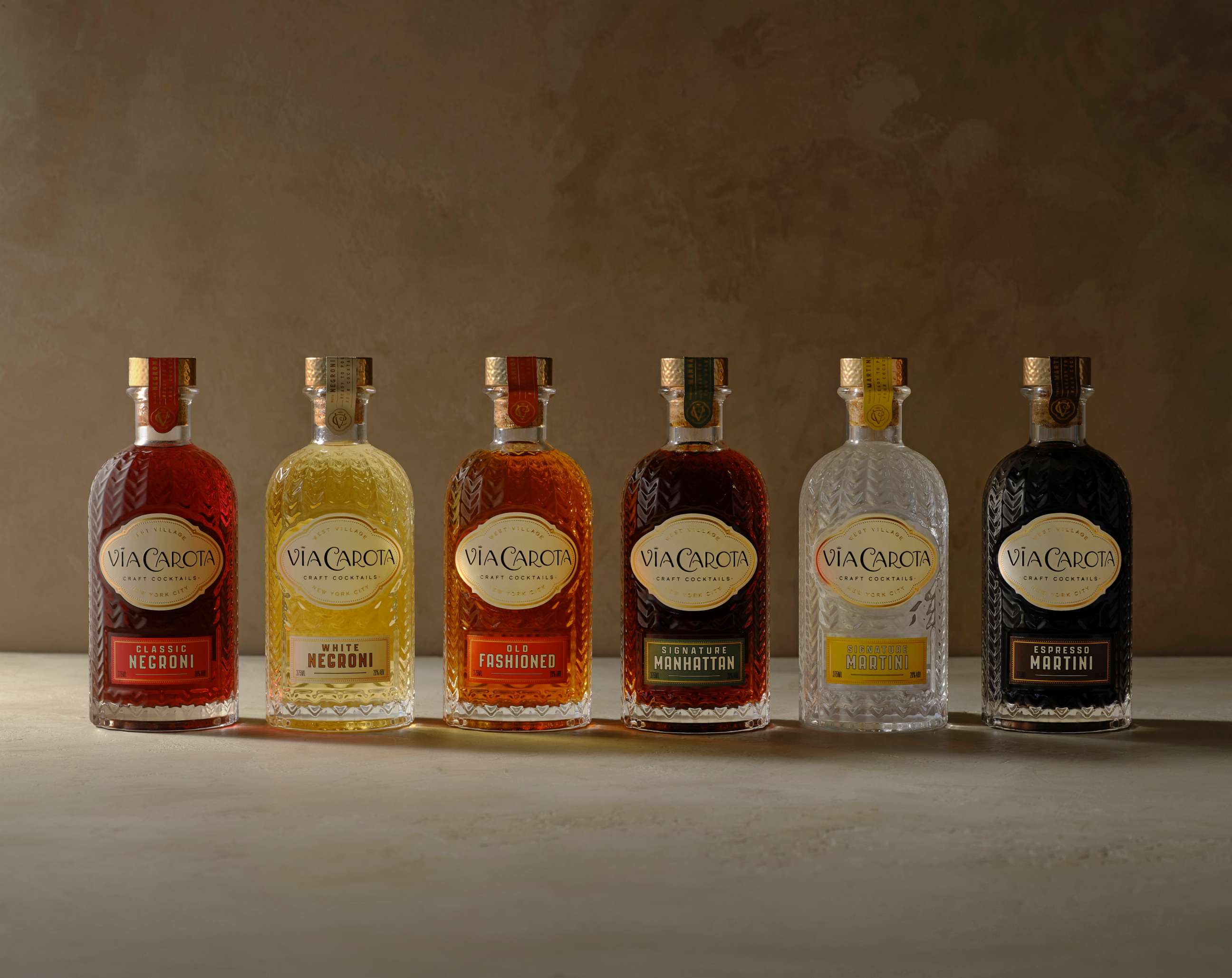
"Restaurants that execute this concept have one thing in common: they are looking for alternate revenue streams," she said.
Is this the future of food service or will this fad fizzle?
"There are several tech solutions like Table 22 that help restaurants deal with the logistical aspect of setting this up," Herzog said of the industry that has already adopted the new growth strategy. "Also you are seeing Pret a Manger have a coffee subscription service as well."
